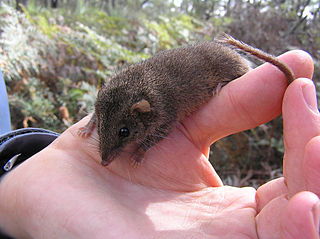 W
WThe agile antechinus is a species of small carnivorous marsupial of the family Dasyuridae. It is found in Australia.
 W
WBrosset's big-eared bat is a bat species from South America. It is found in Brazil, French Guiana, Guyana and Peru. It feeds on insects and sometimes fruit and the exact population is unknown. The only listed threat is deforestation.
 W
WThe Caparaó grass mouse is a rodent species from South America. It is found in Brazil.
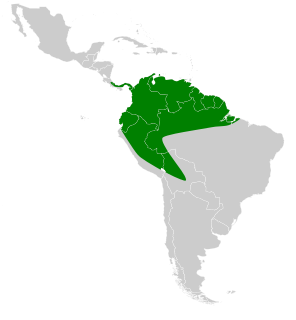 W
WThe Chiriquinan serotine is a species of house bat.
 W
WEuryoryzomys emmonsae, also known as Emmons' rice rat or Emmons' oryzomys, is a rodent from the Amazon rainforest of Brazil in the genus Euryoryzomys of the family Cricetidae. Initially misidentified as E. macconnelli or E. nitidus, it was formally described in 1998. A rainforest species, it may be scansorial, climbing but also spending time on the ground. It lives only in a limited area south of the Amazon River in the state of Pará, a distribution that is apparently unique among the muroid rodents of the region.
 W
WThe golden-brown mouse lemur, also known as the Lac Ravelobe mouse lemur or the Ravelobe mouse lemur, is part of the family, Cheirogaleidae. These are the smallest species of lemur and are all arboreal, nocturnal, and typically social. All species of Lemur are native to the island of Madagascar. The golden-brown mouse lemur, Microcebus ravelobensis, was first discovered in 1994.
 W
WThe Gomantong myotis is a species of bat in the family Vespertilionidae that is endemic to Sabah district of Malaysia.
 W
WGrandidier's tufted-tailed rat is a species of rodent from the family Nesomyidae. Morphological evidence suggests that Grandidier's tufted-tailed rat is most closely related to Petter's tufted-tailed rat, E. petteri. However, Grandidier's tufted-tailed rat is the smaller of the two species.
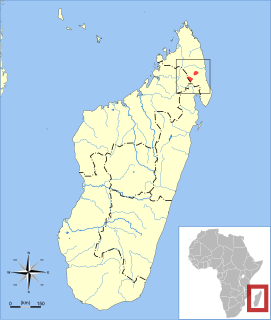 W
WThe montane shrew tenrec is a species of mammal in the family Tenrecidae. It is endemic to Madagascar. Its natural habitat is subtropical or tropical moist montane forests.
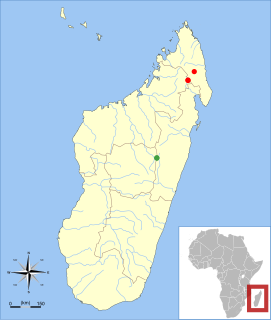 W
WThe northern voalavo, or naked-tailed voalavo, or just voalavo,, is a rodent in the family Nesomyidae found in the highlands of northern Madagascar. Discovered in 1994 and formally described in 1998, it is the type species of genus Voalavo; its closest relative is the eastern voalavo of the Central Highlands. DNA sequence data suggests it may be more closely related to Grandidier's tufted-tailed rat than to other species of the closely related genus Eliurus. The northern voalavo is found at 1,250 to 1,950 m above sea level in montane wet and dry forest in the Marojejy and Anjanaharibe-Sud massifs. Nocturnal and solitary, it lives mainly on the ground, but it can climb and probably eats plant matter. Despite a small range, it is classified as "Least Concern" because it lacks obvious threats and much of its range is within protected areas.
 W
WThe Roosmalens' dwarf marmoset, also known as the black-crowned dwarf marmoset, is a small New World monkey native to the Amazon Rainforest, on the east bank of the lower Madeira River, and the west bank of the Aripuanã River, in Brazil. It has the smallest distribution of any primate in Amazonia. This marmoset has several unique attributes, which has resulted in it sometimes being placed in the monotypic genus Callibella. However, genetic analysis has subsequently resulted in its being classified within the genus Mico.
 W
WThe Satéré marmoset is a marmoset species endemic to Brazil.
 W
WSir David's long-beaked echidna, also known as Attenborough's long-beaked echidna or the Cyclops long-beaked echidna, is one of the three species from the genus Zaglossus that occurs in New Guinea. It is named in honour of Sir David Attenborough, the eminent naturalist. It lives in the Cyclops Mountains, which are near the cities of Sentani and Jayapura in the Indonesian province of Papua.
 W
WThe Udine shrew is a species of mammal in the family Soricidae. It is found in the Udine province of north-east Italy and in western Slovenia.
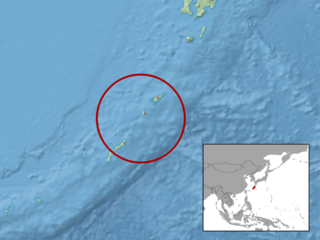 W
WThe Yanbaru whiskered bat (Myotis yanbarensis) is a species of vesper bat in the genus Myotis.